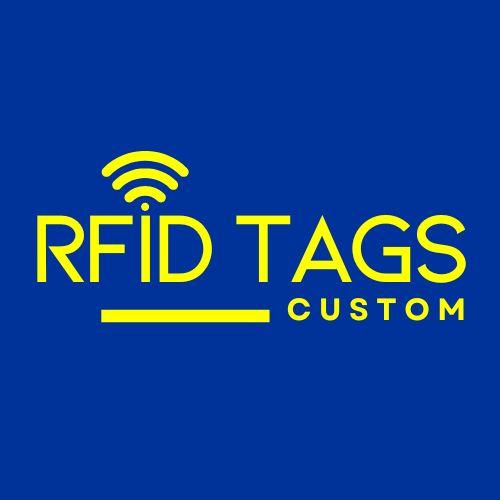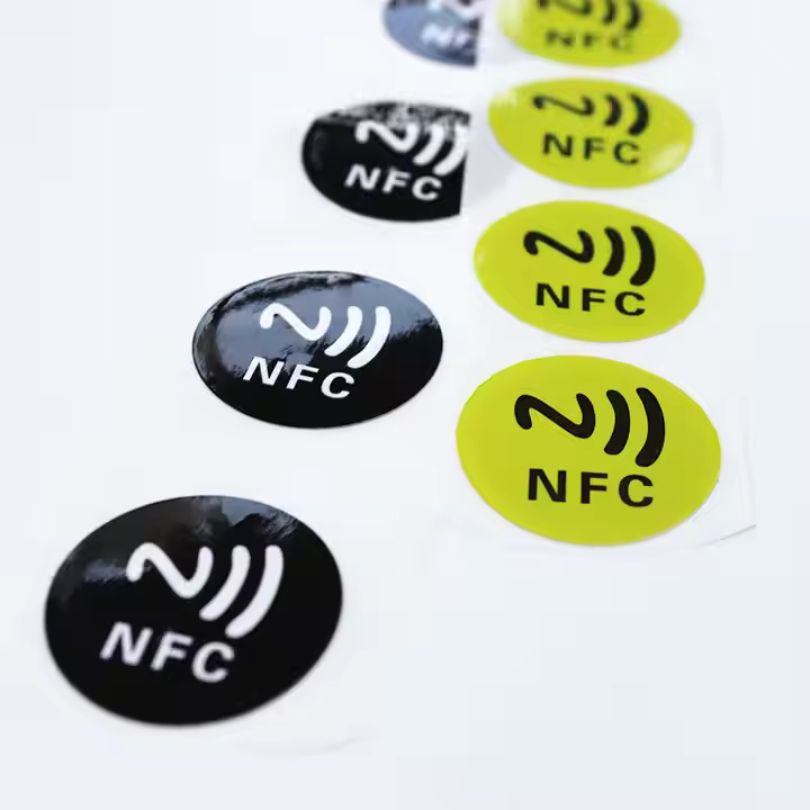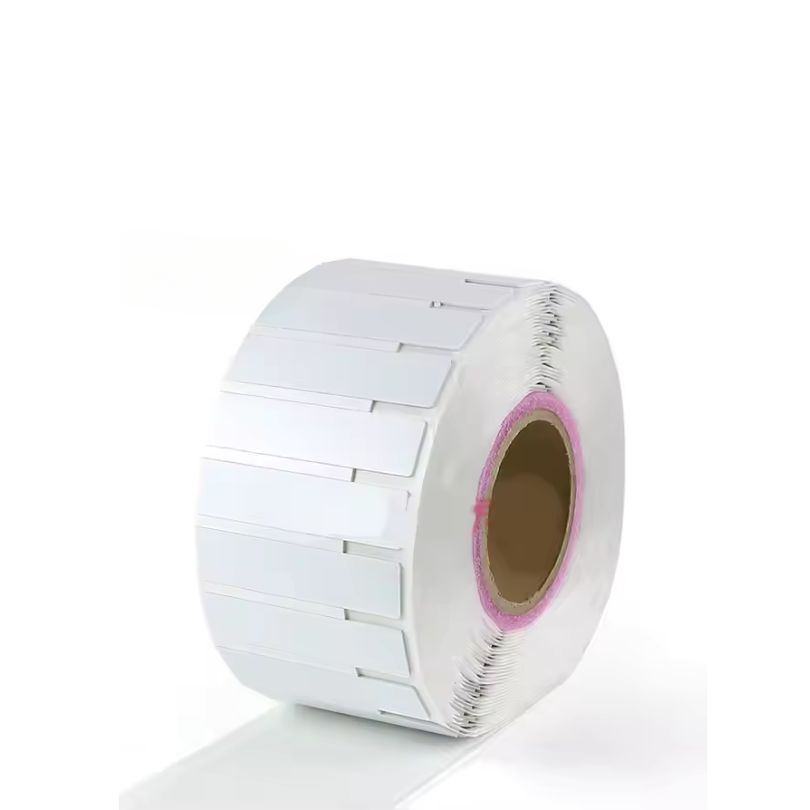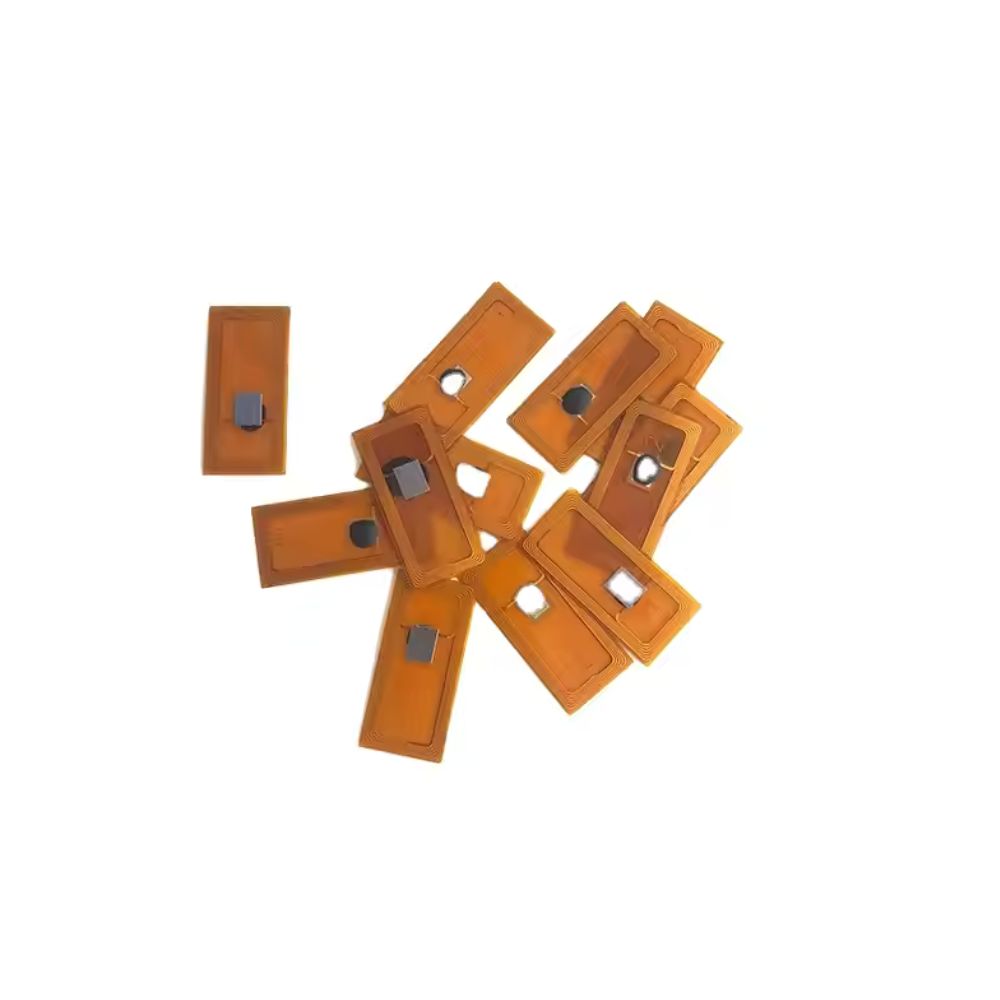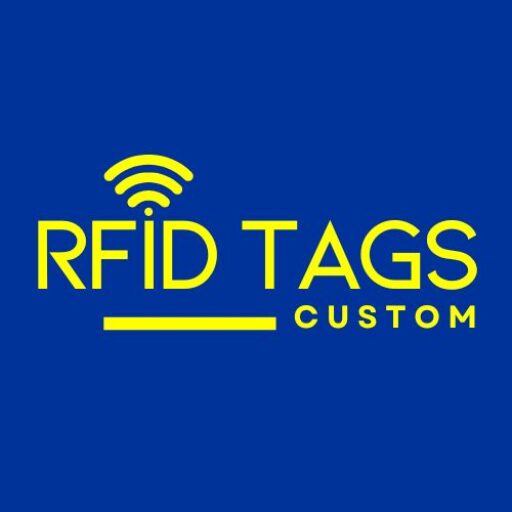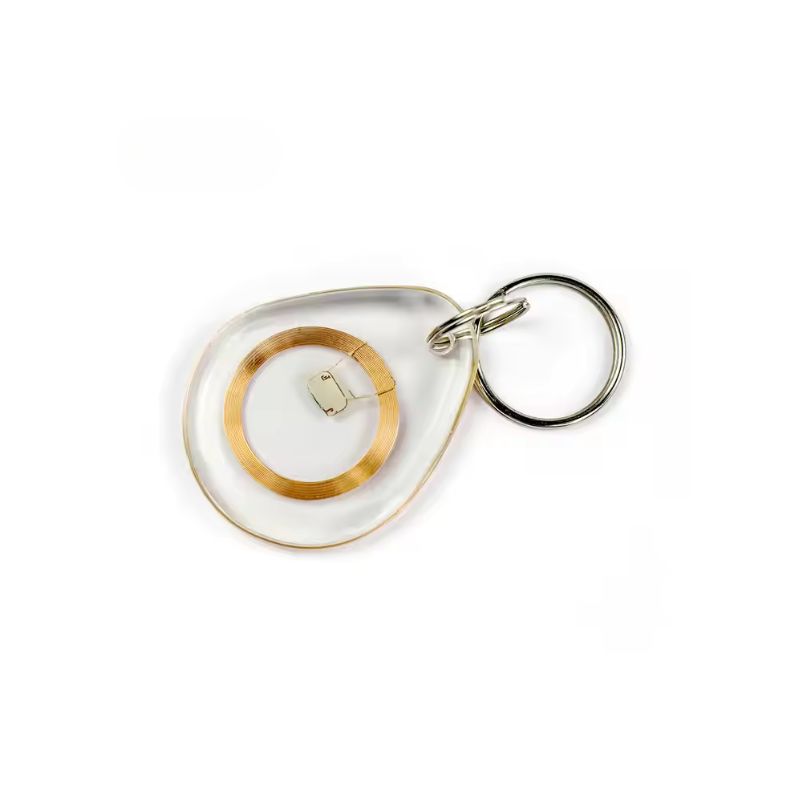
- Casa
- Tag RFID personalizzati
- Airline RFID Baggage Tracking Paper for Airport Management
Airline RFID Baggage Tracking Paper for Airport Management
RFID Baggage Tracking Paper – UHF Smart Labels for Seamless Airport Operations
Are you struggling with lost or delayed luggage? Our RFID baggage tracking paper is designed to optimize airport baggage handling by reducing mishandling, increasing traceability, and improving passenger satisfaction. These smart paper tags are built on high-performance UHF RFID technology and offer real-time tracking, reliable scanning, and full IATA compliance.
If your airport wants to meet modern standards and boost efficiency, our RFID baggage tracking solution is the ideal next step.
How RFID Baggage Tracking Improves Airport Efficiency
Here’s how our RFID baggage tracking labels transform airport operations:
- Reduce Mishandled Bags – Drastically cut down on lost or delayed luggage with precise identification and location tracking.
- Streamline Baggage Flow – Automate sorting, loading, and unloading with fewer human errors and better throughput.
- Boost Security – Deter theft and prevent unauthorized access to luggage.
- Real-Time Data Visibility – Monitor baggage status from check-in to arrival using cloud-connected tracking.
- IATA Resolution 753 Compliance – Stay compliant with international baggage tracking standards.
These benefits make our RFID baggage tracking paper a must-have for airports looking to elevate service and compliance.
Technical Specifications – RFID Baggage Tracking Paper for Airport Use
| Caratteristica | Specificazione |
| Frequenza | UHF (860–960 MHz) |
| Protocollo | EPC Gen2 / ISO 18000-6C |
| Chip RFID | Impinj Monza R6-P (or custom chip) |
| Intervallo di lettura | Up to 6 meters (20 feet), depending on reader & antenna |
| Materiale dell'etichetta | Durable Thermal Transfer Paper |
| Dimensioni | 100mm x 50mm (customizable) |
| Adesivo | High-Tack Permanent Acrylic |
| Compatibilità della stampante | Thermal transfer printers (Zebra, Honeywell, etc.) |
| Conformità agli standard | IATA Resolution 753 |
| Key Applications | Airport baggage tracking, airline logistics, security compliance |
Ideal for Any Airport RFID Baggage System
Global airport operators trust our RFID baggage tracking paper for:
Departure & arrival baggage handling
Interline & transfer luggage coordination
Terminal-to-terminal baggage tracing
Integration with SITA, Amadeus, and custom RFID baggage systems
Automated sortation and exception handling workflows
FAQ
Are these RFID tags compatible with my current airport system?
Yes, they work with standard UHF RFID readers and baggage handling systems worldwide.
Can I print these RFID baggage tags in-house?
Absolutely. Our labels are compatible with most thermal transfer printers used at check-in counters.
What’s the average read range?
Up to 6 meters (20 feet), depending on the reader setup and environment.
Do you offer tag customization?
Yes, including branding, serialized barcodes, and encoded data per your system’s needs.
Call to Action: Ready to Upgrade Your Baggage Handling?
Stop letting baggage mishandling disrupt operations and damage customer satisfaction.
📞 Contact us now or 💬 WhatsApp Chat for a free quote or technical consultation.
Ottieni i tuoi tag RFID personalizzati
In qualità di produttore leader di tag RFID personalizzati, realizziamo soluzioni basate sulle esigenze specifiche della tua attività. Offriamo un'ampia gamma di opzioni di personalizzazione, tra cui materiale, dimensioni, frequenza, codifica e distanza di lettura, assicurando che ogni tag RFID sia perfettamente personalizzato in base alle tue esigenze. Indipendentemente dall'applicazione per cui utilizzi i tag RFID, possiamo fornire tag RFID robusti e affidabili che soddisfano i più elevati standard di qualità e durata. Ecco i principali modi in cui personalizziamo i tag RFID per adattarli alle tue esigenze.

Selezione dei materiali
Il materiale è fondamentale per personalizzare i tag RFID. La plastica funziona in condizioni difficili, mentre i materiali più morbidi si adattano agli spazi delicati. Materiali diversi influiscono anche sulle prestazioni del segnale. Scegli quello più adatto al tuo caso d'uso per garantire che i tuoi tag durino e funzionino in modo affidabile.

Dimensioni personalizzate
Le dimensioni determinano l'usabilità. I tag piccoli si adattano a spazi ristretti o oggetti minuscoli, mentre i tag più grandi sono facilmente leggibili. Nelle aree affollate, i tag eleganti evitano collisioni. Allinea forma e dimensione con i tuoi beni per visibilità, praticità e prestazioni.

Requisiti di frequenza
Scegli LF, HF o UHF in base alla portata di lettura, alla velocità e all'interferenza. LF e HF resistono a metalli e liquidi ma hanno portate più brevi. UHF offre una portata estesa ma può subire blocchi di segnale. Adatta la frequenza al tuo ambiente per prestazioni affidabili.

Distanza di lettura
Definisci la distanza a cui devi leggere il tag. Le distanze brevi funzionano per le casse dei negozi al dettaglio, mentre i magazzini potrebbero aver bisogno di metri di copertura. Il design dell'antenna, le impostazioni del lettore e le uscite di potenza influiscono sulla portata. Regola questi fattori per acquisire i dati in modo accurato alla distanza di cui hai bisogno.

Codificare
Pianifica come i dati vengono archiviati su ogni tag. Alcuni contengono solo un ID, mentre altri contengono informazioni dettagliate. Decidi se hai bisogno di un semplice EPC o di memoria utente aggiuntiva. Assicurati che il formato scelto funzioni con il software esistente. Una codifica corretta semplifica i processi e riduce gli errori.

Ambiente applicativo
Considera le condizioni del mondo reale. Sbalzi di temperatura, umidità e sostanze chimiche possono degradare i tag. Per l'uso all'aperto, opta per involucri resistenti ai raggi UV. In ambito sanitario o alimentare, assicurati di rispettare le norme di sicurezza. Adattare i tag all'ambiente ne massimizza la durata.
Prodotti correlati
Personalizza qualsiasi tag RFID prodotto nella nostra fabbrica in base alle tue esigenze.
